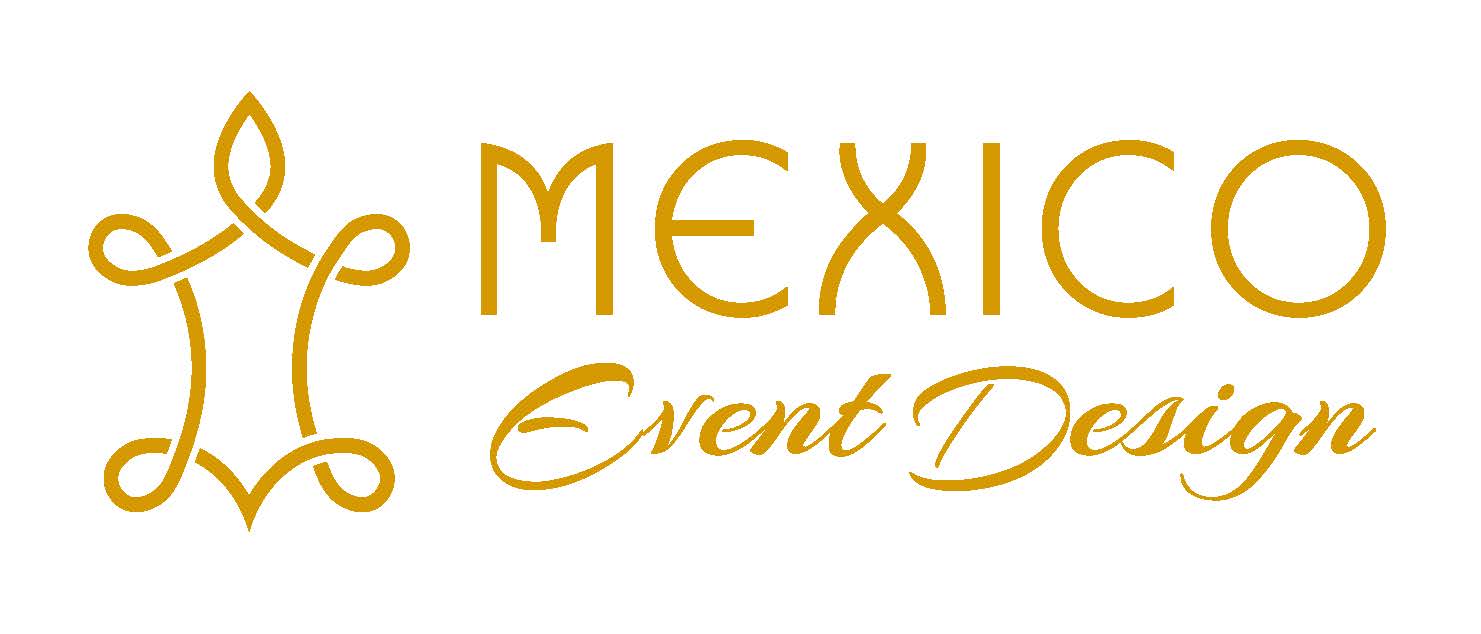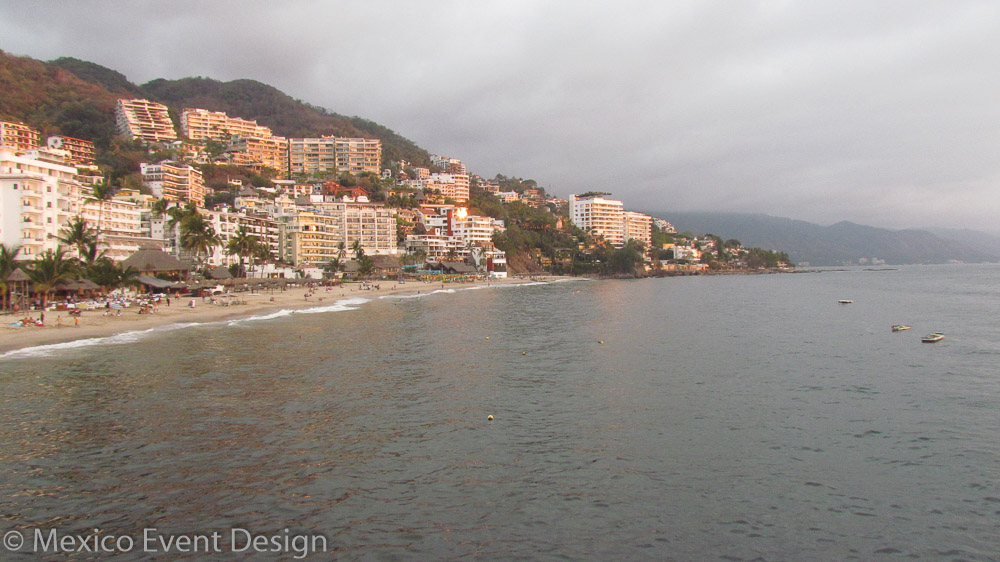Same-sex marriage is legit in Puerto Vallarta! As of April 2016, lesbian and gay couples can legally tie the knot in the municipality of Puerto Vallarta, Jalisco, and anywhere in Nayarit (Nuevo Vallarta, Sayulita, etc.). While it’s been fantastic news for Mexican same-sex couples, for most foreign couples interested in Vallarta as the destination for your wedding, it may still be easier and cheaper for you to get legally married at home before you come to Mexico for a symbolic or spiritual ceremony unless you have a particular use or motivation for it.
The legal requirements (see below) are not difficult in themselves, so if you are a Mexican couple, they’re pretty straightforward. However, if you are a foreign couple, you’ll need to jump through several extra hoops in advance to get your home documents “acceptable” in Mexico. And then, once you receive your Mexican marriage certificate, you’ll have to go through those same hoops in reverse to get it legally valid in your home country. And each of those “hoops” costs money. So, depending on your own situation, the legal ceremony in Mexico may be more trouble and more expensive than getting hitched in your home city. Or, if your situation is different, it could perhaps be a much easier option. It really all depends on you!
First, here are the actual legal requirements, in the order they appear on the form used by the registro civil in the city of Puerto Vallarta, state of Jalisco. The Nayarit state requirements are almost identical, except as noted below:
- Pre-marriage course sponsored by and authorized by the local office of DIF (Sistema Nacional para el Desarrollo Integral de la Familia—National System for the Integrated Development of Families) offered every Thursday afternoon. They will give you a certificate that you will then bring with your marriage application.
- A certified copy and two photocopies of each partner’s birth certificates. For Mexicans, these must be requested within one year prior to the wedding date from the local registro civil (equivalent to county clerk). For foreigners, the birth certificates must be certified by the office of origin with a recent international apostille, then translated into Spanish by a translator officially sanctioned in the jurisdiction of your legal ceremony. If your home country’s language isn’t English, the certified birth certificate should be translated into English before being brought to Mexico, because very few of the official translators speak anything other than English.
(In Nayarit the apostille is not needed, but the translation into Spanish must be done by an authorized translator from that state.)
- A medical certificate signed by an approved Mexican physician (anywhere in the country) with a cedula professional within 15 days of the wedding date.
- Results of recently-taken blood and other medical tests from approved Mexican clinic (also within 15 days of the wedding date.) These are to denote blood type and test for syphilis. For Mexican women, a copy of their cartilla de salud (health card).
- Copies of an official photo identification of both marriage partners and two witnesses (four witnesses in Nayarit). These include Mexican passports, other countries’ passports, Mexican drivers’ licenses, or IFE cards.
- You are given a choice on the form to sign up for one of three types of legal partnerships: sociedad legal, sociedad conyugal or separación de bienes (legal partnership, conjugal partnership, or asset separation. Legal partnership is the basic equivalent of community property laws in the United States. Conjugal partnership requires the two parties to make a list of those personal assets to be shared at the time of the marriage and those to be kept separate. Then, during the marriage, unless specified otherwise, any asset acquired by the couple is considered community property. The third type, asset separation, is exactly what it means, that both parties keep their existing assets separate at the time of the marriage. (In Nayarit there’s only between separacion de bienes and sociedad conyugal).
- For any partner who’s been legally married to anyone else before, a copy of legally valid divorce decrees or spousal death certificate, certified with the apostille mentioned earlier and translated into Spanish by the official government-sanctioned translator.
- A petition to be married, signed by both partners and witnessed by two other people (in Spanish and available from the Registro Civil in the jurisdiction of your ceremony)(again, four witnesses in Nayarit). This petition is then signed by the judge of that jurisdiction during/following your ceremony. There is a nominal cost for this petition.
- During and following the legal or civil ceremony, the judge or authorized representative from the Registro Civil will sign and approve an official Marriage Certificate. For this marriage certificate to be legally valid in your home country, you will then have to follow pretty much this same process in reverse: get the Mexican marriage certificate certified with an international apostille, then submit it for translation by a translator approved by your government, and then filed officially in the documents of your local jurisdiction in your home country.
- If you don’t speak Spanish fluently, an authorized/certified interpreter should be present, one for each spouse, as the ceremonies are held in Spanish.
As you can easily see, there are several steps in this process, and more for foreigners than Mexican citizens. And it virtually guarantees that you will need to come to Vallarta at least several days before your scheduled ceremony take care of all these steps, even with local assistance.
With so many variables at play, let’s take on some different scenarios to try to help you determine whether the legal ceremony in Mexico is best for you.
Scenario 1:
Both you and your partner are at least 18 years of age, citizens of the same country, and plan to reside in that country following your marriage. That country, or the jurisdiction within that country where you live, already has legalized same-sex marriage. We’re talking Canada, the United States, many European countries, and a few countries in Latin America. For you, while it is completely possible for you to get legally married in Puerto Vallarta, it will be easier, faster, and cheaper to get legally married in your home country. We would say that you would need some type of extenuating circumstances or a whole lot of motivation to make a legal Mexican wedding worth your time and trouble.
Scenario 2:
You are a Mexican citizen and your partner is a citizen of a European Community country–perhaps she’s Danish. You’re both at least 18 years of age and you plan to live in Denmark following your marriage. You are interested in each partner eventually receiving citizenship in the other partner’s country. You, mujer mexicana, will follow the guidelines above and produce the required Mexican legal documents. She will need to follow the steps outlined above, including getting her birth certificate “approved” by the Danish government with an international apostille, then getting the birth certificate translated by a translator in Puerto Vallarta (so it better be already translated from Danish into English). Then, you will both attend the prenuptial classes at the local offices of DIF and get your blood tested within 15 days of the scheduled ceremony. You’ll bring the results of those visits with you, along with all the other paperwork to the Registro Civil. You can have the ceremony with the judge in the offices there, or you can pay extra to have the judge come to your wedding site with prior arrangements.
At/Following your ceremony, the judge will give you a copy of your marriage certificate. For that certificate to also be legally valid in Denmark, you must then get it certified with the international apostille in Jalisco or Nayarit, and then you can take it to Denmark and file it with the corresponding jurisdiction where you plan to live together. Once it’s registered, you should be able to apply for temporary or permanent Danish residency and be on the road to getting an EU passport. Meanwhile, your new Danish wife can now apply for either temporary or permanent resident status in Mexico should she choose to, by filling out the proper paperwork with the Instituto Nacional de Migración (National Immigration Institute) office that oversees the jurisdiction where you’d choose to live here in Mexico.
Scenario 3:
You are Polish (an EU country but so far without legal same-sex marriage) and your partner is Algerian (an Arabic Muslim country in Africa that doesn’t recognize same-sex marriage, either). You are both at least 18 years of age and let’s say that you met while students at a private university in Mexico City. You’re choosing to get married legally in Mexico because neither of your countries allows same-sex marriage, and you want to have a legally valid document that says you’re married somewhere, even though it may or may not ever be recognized where you plan to live. Symbolic value is real.
You would both follow the same steps as outlined above, with one exception. Because Algeria is not a member of The Hague Conference on Private International Law, the Algerian partner would need to have his birth certificate “legalized” internationally before translation into English, instead of getting an international apostille (a very technical distinction). Unfortunately, after a Mexican legal wedding, because the Polish government would not recognize the legality of your same-sex marriage, the Algerian partner would not be eligible to apply for temporary or permanent residency in Poland or any other EU country, unless of other personal circumstances. Same story in Algeria. But your marriage would be legally valid in any country in the world with valid same-sex marriage.
(Canada isn’t part of The Hague international convention either so if a couple is planning on marrying here you’d need to legalize your documents at the Foreign Affairs Ministry and then at the closest Mexican Consulate to your home).
For more-complicated scenarios like #3, it is best to consult with both immigration lawyers and local offices of the Registro Civil in Puerto Vallarta to make certain that you’re meeting all the current requirements before scheduling an appointment for your legal wedding. Please also keep in mind that in Mexico City it is now possible for “double-proxy” weddings, which means that neither party need be present in person to successfully be legally married in a same-sex ceremony. This is not yet possible in either Puerto Vallarta jurisdiction, but could give you another option to save time, trouble, and expense.
Another potential benefit of legal same-sex marriage in Mexico is that it can be quite useful even in countries where it’s not legally recognized. If the company where you work treats same-sex couples as equal, you could get married for a lot of administrative or private benefits. As well, at financial institutions like banks and insurance companies, you could register your spouse as your official next of kin for beneficiary purposes.
Please keep in mind that this article is a translation of the official requirements issued by the local governments in Puerto Vallarta, Jalisco and the Nuevo Vallarta region of Nayarit, with some added explanation. It is not written by lawyers and is not intended to be construed as legal advice, in Mexico or in any other country.

